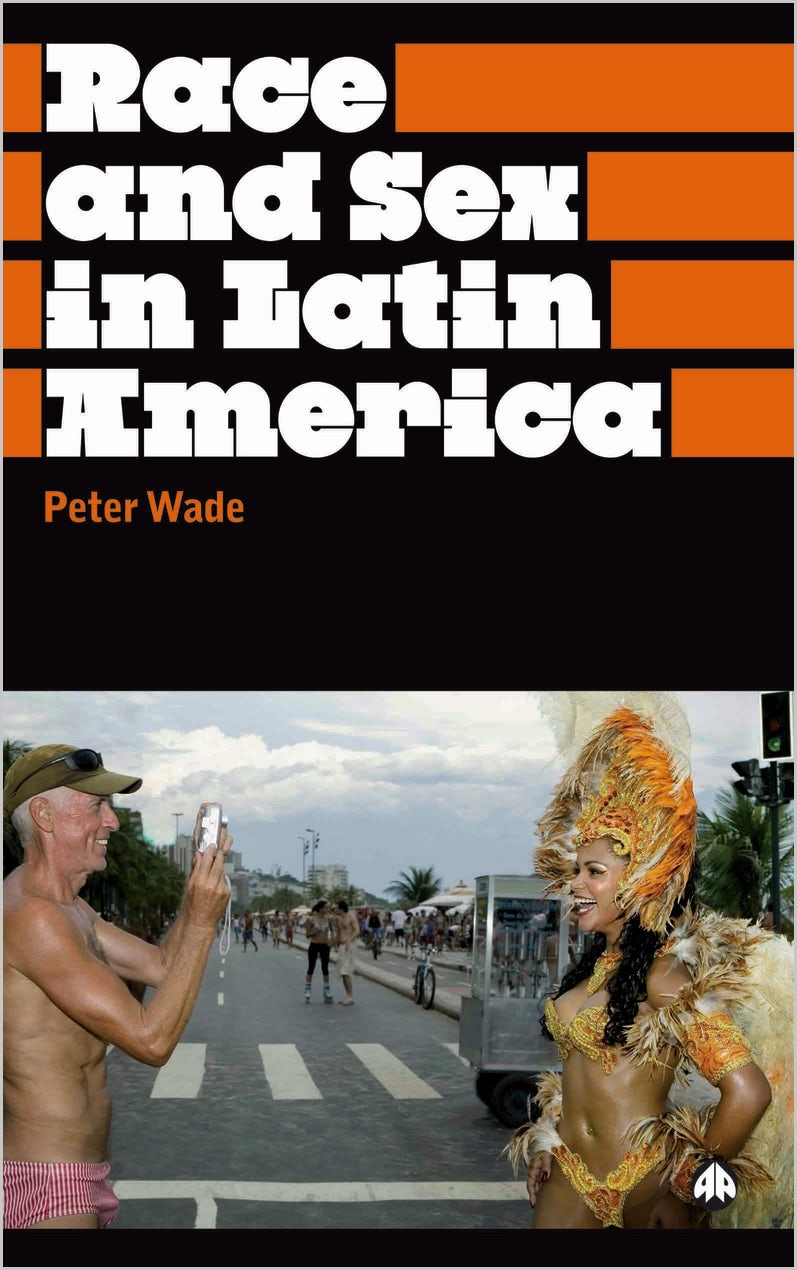Rethinking Mestizaje: Ideology and Lived ExperiencePosted in Articles, Arts, Brazil, Caribbean/Latin America, Family/Parenting, History, Identity Development/Psychology, Media Archive, Religion, Social Science on 2010-01-20 20:36Z by Steven |
Rethinking Mestizaje: Ideology and Lived Experience
Journal of Latin American Studies
2005
Number 37, Issue 2
Pages 239–257
DOI: 10.1017/S0022216X05008990
Peter Wade, Professor of Social Anthropology
University of Manchester
The ideology of mestizaje (mixture) in Latin America has frequently been seen as involving a process of national homogenisation and of hiding a reality of racist exclusion behind a mask of inclusiveness. This view is challenged here through the argument that mestizaje inherently implies a permanent dimension of national differentiation and that, while exclusion undoubtedly exists in practice, inclusion is more than simply a mask. Case studies drawn from Colombian popular music, Venezuelan popular religion and Brazilian popular Christianity are used to illustrate these arguments, wherein inclusion is understood as a process linked to embodied identities and kinship relations. In a coda, approaches to hybridity that highlight its potential for destabilising essentialisms are analysed.
Rethinking mestizaje as embodied experience
This article explores a key concept in the complex of ideas around race, nation and multiculturalism in Latin America, that of mestizaje – essentially the notion of racial and cultural mixture. I address mestizaje not just as a nation-building ideology – which has been the principal focus of scholarship on the issue, but also as a lived process that operates within the embodied person and within networks of family and kinship relationships. I consider how people live the process of racial-cultural mixture through musical change, as racially identified styles of popular music enter into their performing bodies, awakening or engendering potentialities in them; through religious practice, as racialised deities possess them and energise a dynamic and productive embodied diversity ; and through family relationships, as people enter into sexual and procreative relations with others identified as racially-culturally different, to produce ‘mixed’ children.
This approach emphasises the ways in which mestizaje as a lived process, which encompasses, but is not limited to, ideology, involves the maintenance of enduring spaces for racial-cultural difference alongside spaces of sameness and homogeneity. Scholars have recognised that mestizaje does not have a single meaning within the Latin American context, and contains within it tensions between sameness and difference, and between inclusion and exclusion. Yet a scholarly concern with mestizaje as ideology has tended to privilege two assumptions: first, that nationalist ideologies of mestizaje are essentially about the creation of a homogeneous mestizo (mixed) future, which are then opposed to subaltern constructions of the nation as racially culturally diverse ; and second, that mestizaje as a nationalist ideology appears to be an inclusive process, in that everyone is eligible to become a mestizo, but in reality it is exclusive because it marginalises blackness and indigenousness, while valuing whiteness…
Read the entire article here.


